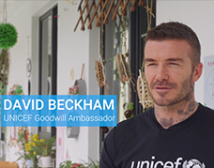The Internet, mobile phones and other electronic media provide children and young people with levels of access to information, culture, communication and entertainment impossible to imagine just twenty years ago. With many of their extraordinary benefits, however, come hazards. The Internet and associated technologies have made abusive
images of children easier to create and distribute, and provide significant new opportunities for abusers to access and make
contact with children and young people online. While information and communication technology (ICT) has not created crimes involving sexual abuse and exploitation of children, it has enhanced the scale and potential of some old and familiar ones.
Expanding Internet access for all children and young people without discrimination and exclusion in all parts of the world, together with promoting digital citizenship and responsibility, ought to be critical objectives for policymakers
concerned with enhancing opportunities for children.1 Building safer Internet access is integral to that project. Questions such as ‘what is the nature of risk globally?' and ‘what are the most effective strategies to address it?' are therefore important. The purpose of this report, which was developed by the UNICEF Innocenti Research Centre (IRC) in partnership with the Child Exploitation and Online Protection Centre (CEOP), is to review the global evidence
available. The study primarily addresses two issues: child sex abuse recorded in images; and the grooming of young people for sex. A third issue, cyberbullying, emerging from much research as an issue of particular significance to children, is also touched on in this report.
Download File:
Click here




























